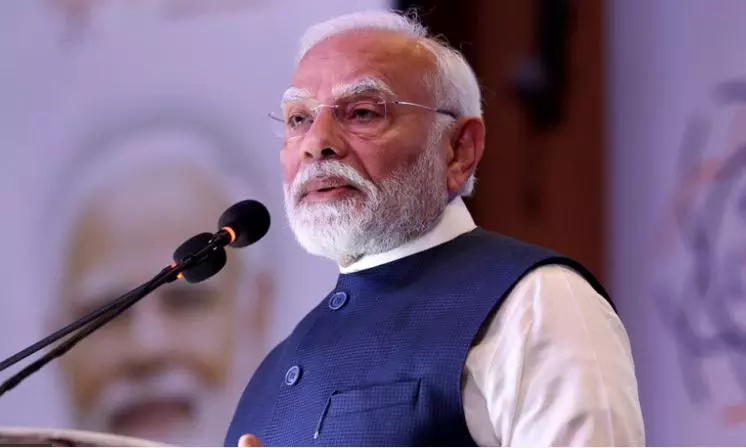
A portrait of the mathematician Alan Turing painted by a humanoid robot fetched over a million euros at Sotheby's auction house. Will the sale forever change art? It was only estimated to sell for around $150,000 (€142,300). But what Sotheby's calls the first auction of an artwork by a humanoid robot went under the hammer for nearly $1.
1 million in New York on November 7. The 2.2-meter-high (7.

2-foot-high) painting created by the robot Ai-Da is titled "A.I. God.
Portrait of Alan Turing ." The work captures the pioneering computer scientist and mathematician who was celebrated as "the man who cracked the Nazi code," but was later vilified as a gay man. "My portrait of Alan Turing in this, the 70th year since his death, are a tribute to one of the most profound thinkers in the history of technology and artificial intelligence ," said Ai-Da, a feminized robot with a bob hairstyle who spoke thanks to AI language tools.
Ai-Da is an extremely advanced humanoid who creates artworks with her own bionic hands. Featured at the 2022 Venice Biennale, Ai-Da's paintings of pop music legends from Diana Ross to Billie Eilish were also exhibited at the Glastonbury Festival that same year. Can an AI robot take over the arts? To view this video please enable JavaScript, and consider upgrading to a web browser that supports HTML5 video What is an artist? One person who was surprised by the auction events in London is Henrik Hanstein, head of the Lempertz auction house in Cologne, Germany, and president of the European Federation of Auctioneers.
"I didn't expect that," he told DW. "AI art is created by machines ..
. computers that work with data from other works of art. I find that very difficult.
" While robot artist Ai-Da has shocked the art world with its portrait of mathematician Alan Turing, the life-like humanoid is itself named after the British mathematician Ada Lovelace (1815-1852) and was developed at the University of Oxford in 2019. The outwardly feminine robot with a bob hairstyle has cameras in her eyes, robot arms and can also talk thanks to AI language tools. The algorithm-controlled machine has already created several works of art, including a portrait of Queen Elizabeth II.
For the picture of Alain Turing (1912-54), it painted several other pictures that were put together to form a new picture. While the record price for the work marks a turning point in the history of contemporary art, according to Sotheby's, art auctioneer Hanstein is much more skeptical. "The seven-figure sum is of course being reported around the world," he said.
"But you shouldn't overestimate it. It could be a fluke." Can AI works be art? "Is it art?" asked Aidan Mellor, director of Ai-Da Robot Studio that created the artist, in an interview with Reuters.
"Well that's up to the audience to decide." For Mellor, the project instead explores "the beginning" of what he calls "the fourth industrial revolution." Hanstein does not want to completely rule out the possibility that AI-generated works can be art — even if he does not believe that a museum would exhibit such works.
"We must not forget that artists have always taken advantage of the latest possibilities and techniques," says the auctioneer. "Whether it was from wood to canvas, from copper to paper and today canvas." Art is often ahead of its time, he noted.
"That was also the case recently with NFTs [non-fungible tokens, digital proof of ownership of a work of art, editor's note] . That's why there was a hype and insane prices." Just a few years later, the NFT market is dead and "old news.
" How AI is making creatives superfluous To view this video please enable JavaScript, and consider upgrading to a web browser that supports HTML5 video The question of copyright When it comes to AI art, Hanstein calls for patience — and at the same time urges caution. "You have to allow for experiments," he believes. "The art market is very critical.
Collectors and curators recognize quality very quickly." But who actually owns an AI-generated work of art? The programmer? The provider? Or the artists who used the AI? Copyright experts have long been debating this issue. The question of authorship is fundamental to the art market.
And artwork that is unsigned, in the case of an AI work, "is more difficult to sell." For Hanstein, the problem is clear: "The hand is missing." "I doubt whether a computer can be as creative as an artist who is ahead of his time," said the art seller.
"But I'm happy to be surprised." This article was originally written in German..













